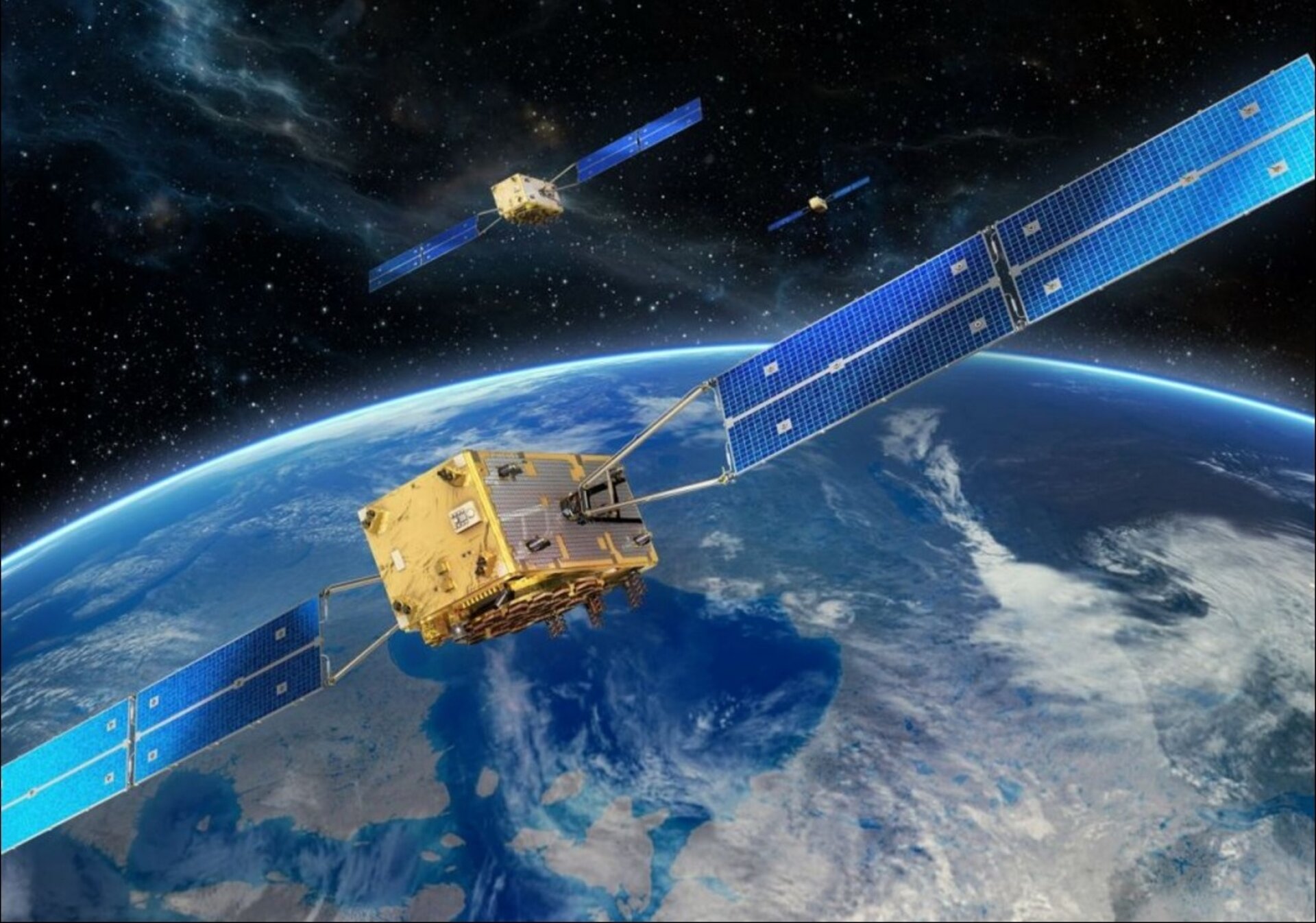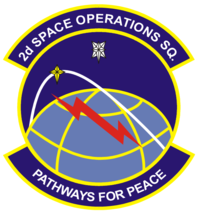The European Union Aviation Safety Agency (EASA) has released a revised Safety Information Bulletin (SIB) addressing the growing issue of Global Navigation Satellite System (GNSS) outages and disruptions. This updated advisory, SIB No. 2022-02R3, highlights the increasing sophistication and impact of GNSS jamming and spoofing, which have become significant concerns for aviation safety.
Scope and Applicability
The bulletin is directed at competent authorities, Air Traffic Management/Air Navigation Service (ATM/ANS) providers, air operators, aircraft and equipment manufacturers, and organizations involved in the design or production of ATM/ANS equipment. It aims to inform these stakeholders about the risks and necessary precautions related to GNSS interference.
Increased Threats
Since February 2022, there has been a marked increase in GNSS jamming and spoofing incidents. These disruptions particularly affect areas around conflict zones, as well as the south and eastern Mediterranean, Black Sea, Middle East, Baltic Sea, and Arctic regions. The full list of affected flight information regions is available on the EASA website.
Understanding Jamming and Spoofing
- Jamming: This involves intentional radio frequency interference with GNSS signals, rendering the system ineffective for users in the affected area.
- Spoofing: This involves broadcasting counterfeit satellite signals to deceive GNSS receivers, leading to incorrect position, navigation, and timing data.
Jamming typically results in immediate and noticeable effects, while spoofing is more difficult to detect and poses a higher safety risk.
Observed Symptoms and Impact
Some symptoms of suspected GNSS spoofing include incoherence in navigation position, abnormal differences between ground speed and true airspeed, time and date shifts, and spurious Terrain Awareness and Warning System (TAWS) alerts. These disruptions can lead to significant operational issues, such as re-routing or diversions, loss of Airborne Collision Avoidance System (ACAS), and misleading surveillance data.
Mitigation Recommendations
EASA recommends several measures to mitigate the risks associated with GNSS interference:
- Contingency Procedures: Establish coordinated procedures between authorities, ATM/ANS providers, and airspace users.
- Alternative Navigation Infrastructure: Ensure that non-GNSS based systems like Instrument Landing Systems (ILS), Distance Measuring Equipment (DME), and Very High Frequency Omnidirectional Range (VOR) stations are operational.
- Information Collection and Reporting: Implement processes to collect and share information on GNSS degradations.
Specific Recommendations
For Air Operators:
- Train flight crews to recognize and respond to GNSS interference.
- Report any GNSS anomalies to air traffic services.
- Evaluate operational risks and maintain alternative navigation procedures.
For ATM/ANS Providers:
- Establish monitoring and reporting processes for GNSS degradations.
- Ensure ground navigation infrastructure supports non-GNSS procedures.
- Provide navigation assistance and maintain communication coverage in case of GNSS jamming or spoofing.
For Manufacturers:
- Assess the impact of GNSS interference on products and provide guidance to users.
- Support operators with instructions for managing GNSS-related issues.
Conclusion
EASA continues to monitor and assess the situation, although the current conditions do not warrant immediate safety directives or airworthiness actions. Stakeholders are urged to implement the recommended measures to mitigate the impact of GNSS jamming and spoofing on aviation safety.
For further details, refer to the full EASA Safety Information Bulletin and the EASA website for updated information on affected regions.






